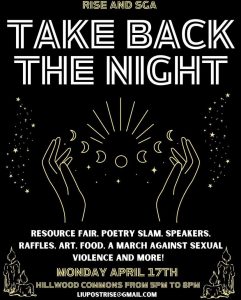Seasonal Affective Disorder Symptoms
Genna Apfel
Have you ever notice that people seem to be more grouchy and irritable during the fall and winter, as opposed to the summer time? Maybe the idea of walking in the brittle cold and feeling like your fingers are frostbite makes you shiver…literally. The hot sun shining on your face and the sight of the sparkling, ocean water makes you feel as if you’ve slipped right into paradise. Well, there’s a reason why people are angry; it’s not just your imagination. Many people are in fact SAD, also known as Seasonal Affective Disorder.
Seasonal affective disorder (SAD) refers to multiple episodes of depression, which occur during the fall and the winter; symptoms usually improve during the spring and summer months. This disorder can begin in early adulthood, and the disorder is found more commonly in women than in men. Factors that can cause SAD are ambient light, hormone regulation, and body temperature.
So, how do you know if you have Seasonal Affective Disorder? Some symptoms that gradually begin to build up in late autumn and winter months are decreased energy and concentration, increased appetite, as a result of weight gain, excessive daytime sleepiness, lack of energy, a loss of interest in activities in work and in school, social withdrawal, and being unhappy. It’s never too late to seek professional help, and have a health care provider diagnosis your symptoms.
You may be wondering what you can do to stop being SAD. According to many doctors and other professionals, antidepressant medications and talk therapy are effective ways to treat this depression. Additionally, long walks during daylight hours and exercise can ease your symptoms. Lastly, light therapy has proven to work effectively. A special lamp, specifically a very bright fluorescent light, works as a remedy for mimicking light from the sun. All
you need to do is sit a few feet away from the light, preferably in the morning, so it looks like sunrise. Do this for 30 minutes a day. Within 3-4 weeks, symptoms should improve. However, being in front of a bright light can cause eyestrain, as well as headaches, especially in those who take medications and antibiotics because they may become increasingly sensitive to light. It is very important to consult a doctor before trying this.
Don’t worry; you don’t have to be SAD all the time. Seeking out help and continuing treatment means you don’t need to have this disorder throughout your lives. So, if you thought you were having a bad day because you missed out on your favorite cup of French vanilla coffee, or your alarm never went off and you missed class, you may be mistaken. You could just be experiencing seasonal affective disorder and not be aware of it.



Be First to Comment